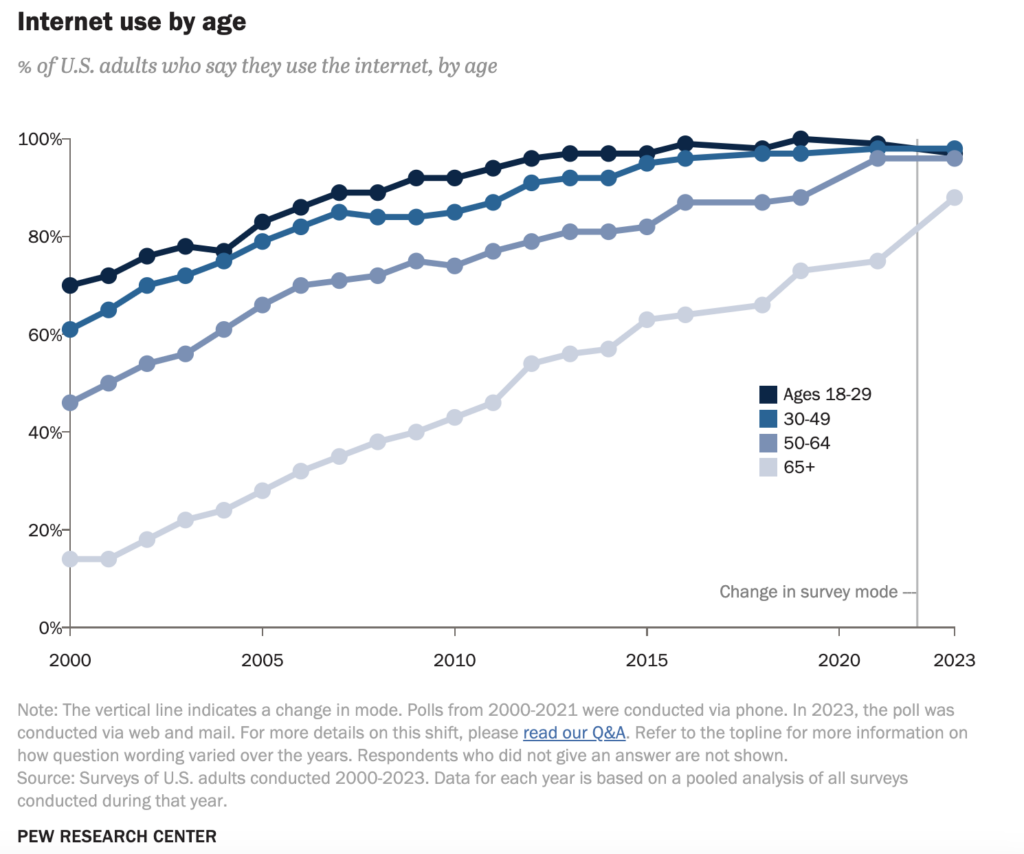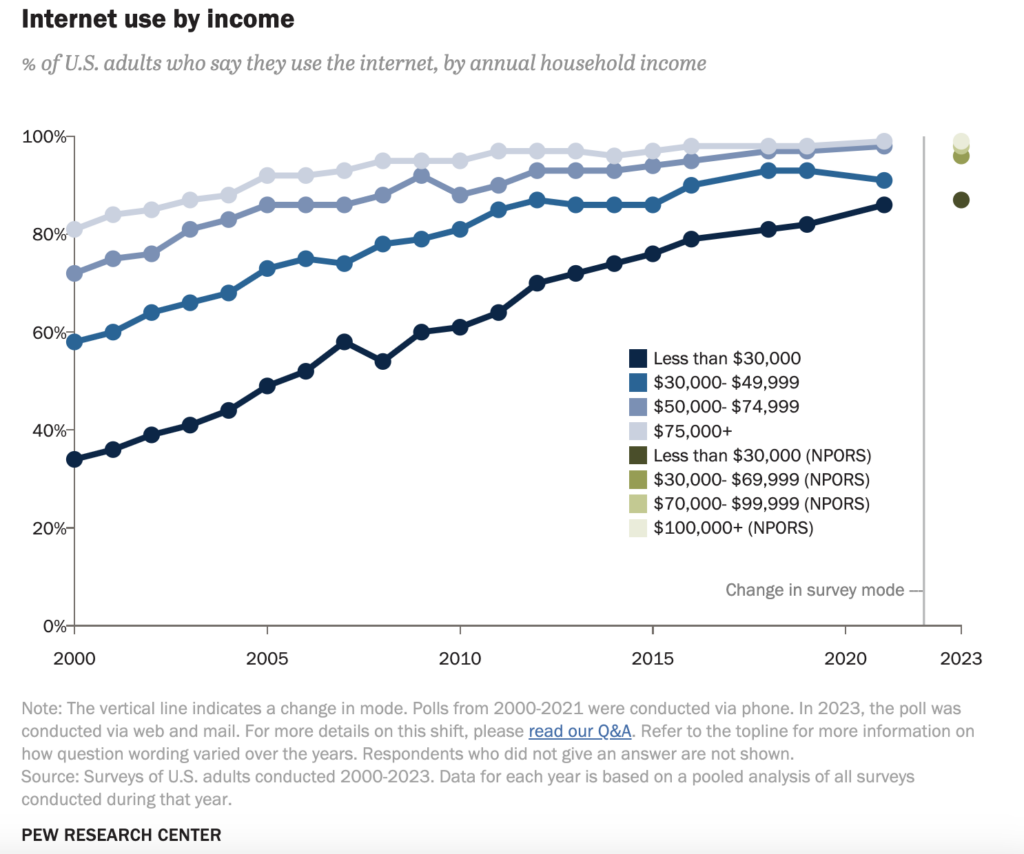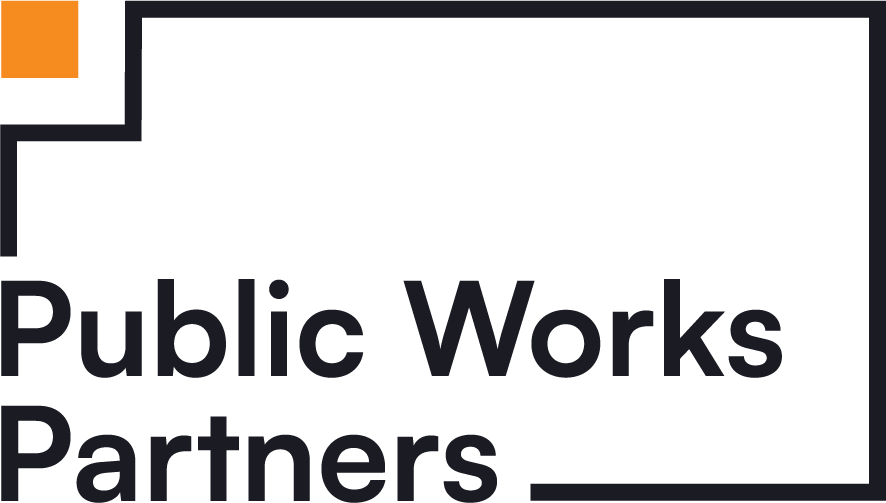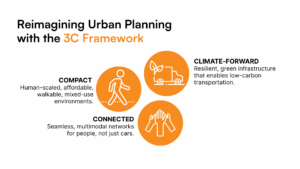In an era increasingly shaped by technology, from the rise of artificial intelligence to the integration of computers in education, a shift is slowly occurring in how we conceptualize inclusion. As society embraces these changes, it must also grapple with a growing division: technology equity.
Access to and proficiency with technology have become pivotal in determining opportunities and outcomes for individuals and communities alike.
Technology equity relies heavily on digital inclusion. Nowadays, it is evident that access to and proficiency with technology have become pivotal in determining opportunities and outcomes for individuals and communities alike. Defined as activities necessary to ensure that all individuals and communities, including the most disadvantaged, have access to and use of Information and Communication Technologies (ICTs), digital inclusion is broken down into five elements:
- Affordable, robust broadband internet service;
- Internet-enabled devices that meet the needs of the user;
- Access to digital literacy training;
- Quality technical support; and
- Applications and online content designed to enable and encourage self-sufficiency, participation and collaboration.
Barriers to Digital inclusion
Increasingly, people need to be digitally included to work, live, learn, and communicate. Take healthcare, for example. Increasingly, appointments, prescriptions, or test results have been moved to online portals. Access to health information sometimes only comes with access to the internet. With delays in receiving critical medical information and a hindrance in patient engagement, this can all exacerbate existing health disparities.
When one is digitally excluded they are inherently marginalized, unable to access essential services, participate fully in the economy, connect with social networks, and engage in civic activities, thus widening the gap in social and economic opportunities. Most commonly barriers in the US are based around these factors:
- Age
- Income
- Employment
- Homelessness
- Disability
- Level of educational qualification
- People in rural areas
- People without English as a first language
Even in areas with supporting infrastructure for the internet, access still proves difficult. For low income individuals or families, excessive costs can prohibit them from access. Beyond paying for the internet, the cost of devices can also prove to be a deterrent. Lack of accommodations for disabilities can create significant barriers to digital technology access. Websites often miss essential elements like alt text for screen readers or use fonts too small for older users, rendering them unusable. Deaf individuals face challenges when videos and podcasts lack captions or transcripts. For people with motor disabilities, navigating handheld devices might find many websites tough to interact with. Language barriers further contribute to digital exclusion. The majority of search results are in English, complicating the search for information, answers, or resources for non-native English speakers. This barrier becomes especially critical when government services aren’t available in minority languages, effectively cutting off access to crucial opportunities. “Language barriers should not stand in the way of access to government services,” says Attorney General Merrick B. Garland, as a greater awareness begins to rise and the government takes an active focus on accessibility.
Bias and Discrimination
The Pew Research Center has created a fact sheet on internet and broadband usage in the United States. With statistical information of demographics, usage patterns, and access issues the data informs about the state of internet connectivity.

When looking at the models, people over 65 face the lowest percentage of internet use by wide percentages in comparison to other age groups. Although this number is slowly rising, with the gap decreasing from 32% to 11%, a discrepancy still exists.

When looking at internet use by income, persons with an income less than $30,000 face a lower rate of internet usage. Similar to age, the gap is closing and not as wide as initial data in the year 2000, but still, progress can be made in future policies.
A Broader Interpretation
To discuss the issue of digital inclusion is to also address its intersecting factors. Technology is a tool and digital inclusion is not a binary problem. The problem is not a question of being connected or disconnected, but one that plays into social dynamics and user empowerment.
Digital literacy is a factor of social inclusion because its main objective is to reach all people, whatever their status, gender, race, religion, or origin, and to enhance their quality of life. Without it, communication is lost. Nevertheless, although digital inclusion does not directly imply social inclusion, digital inclusion has become a central component in the design of social policies for social inclusion.
As digital inclusivity shapes society, access to media, online communities, and general services, it enables individuals to participate in political discussions, breaking down barriers to inclusivity and representation. Inclusion does not simply translate to access, but rather opportunity, a factor of high consideration when understanding creating policies.
Current Programs
Several ongoing programs and initiatives are actively working to promote digital inclusion and equity in various sectors. New York State’s Digital Equity Plan is a comprehensive effort aimed at ensuring that all residents, regardless of their geographic location or socioeconomic status, have access to affordable broadband services and essential digital resources. This initiative addresses the critical need to bridge the digital divide by implementing strategies that enhance connectivity and digital literacy across communities. ConnectALL, New York State’s initiative to invest in digital infrastructure, received $2.2 million to engage in extensive, statewide outreach and develop its State Digital Equity Plan.
Additionally, the National Center for Education Statistics launched the NCES Ed Tech Equity Initiative, which aims at more equitably including technology in education. The initiative aims to better inform the condition of American education by focusing on ed tech equity and researching the outcomes for students when technology is a factor.
At Public Works, we partnered with NYC Public Schools on the Computer Science for All (CS4All) initiative. The initiative works to ensure that schools expand CS exposure, offer access to real-life CS experiences, and create an inclusive community in computer science for all students. Initially launched in 2015 to ensure all K-12 students have the opportunity to immerse themselves in Computer Science (CS), Public Works aided in the expansion of the program to elevate student involvement in Computer Science and enhance digital literacy initiatives from PreK onward.
These efforts reflect a broader recognition that digital inclusion goes beyond mere access to technology. They underscore the importance of digital empowerment, opportunity, equity, and excellence in leveraging technology as a central tool for educational advancement, economic development, and social well-being. By supporting these initiatives, policymakers and stakeholders aim to create more equitable and inclusive digital environments that benefit individuals and communities across the country.
Conclusion
Moving forward, addressing bias and discrimination in digital environments, alongside enhancing accessibility for marginalized groups, must remain central to policy agendas. By promoting digital inclusivity as a means of promoting equity and participation, societies can harness the full benefits of technology while ensuring that no one is left behind.





